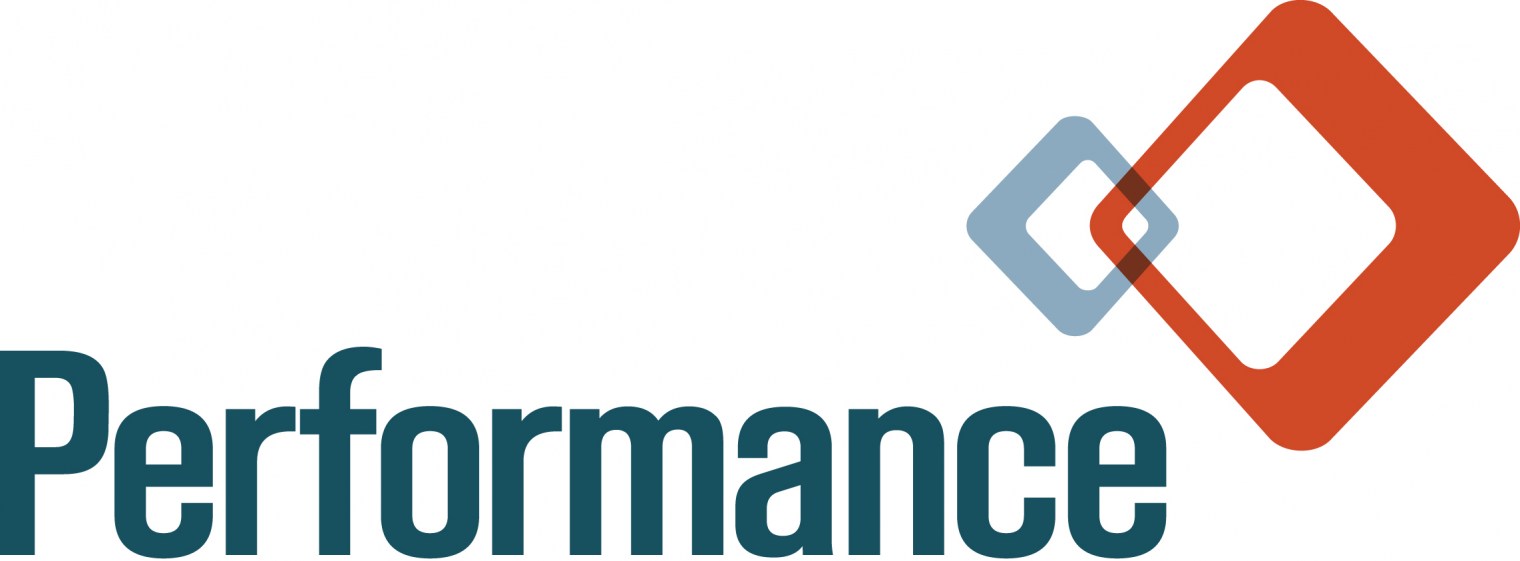By Percy Sanford, AAM Leader
With the growing congestion of city streets, organizations like Uber and NASA have been working to redefine urban transportation. While current vehicles are limited to ground level, urban air mobility (AAM) is trying to take advantage of unused airspace to address this issue. While AAM is receiving a massive amount of support throughout the industry, it also faces several different challenges. One of these, that is crucial to achieving both regulatory approval and public adoption, is the ability of AAM manufacturers to demonstrate urban air mobility safety.
Challenges for Advanced Air Mobility Safety
In order to become a viable option for urban transportation, AAM needs to be able to guarantee the safety of both its passengers and anyone along the path of travel. Providing these guarantees will require AAM manufacturers to demonstrate compliance with safety standards.
As aircraft, AAM will be subject to the same safety standards as traditional commercial aviation. However, AAM manufacturers will also be expected to demonstrate compliance with safety regulations specific to them.
Aircraft Safety Standards
One of the biggest safety challenges that AAM faces is meeting the safety standards of the aviation industry. Flying is one of the safest ways to travel, with an expectation of about 0.6 fatal accidents per million departures.
Accomplishing this took the airline industry decades, but AAM will be expected to meet or exceed these standards in a much shorter amount of time. As a result, AAM designers and builders will need to implement the necessary safety precautions and redundancies to ensure that AAM vehicles, or vertical takeoff and landing (VTOL) aircraft, can operate safely even under highly unusual circumstances.
Specialized AAM Certifications
Several VTOL manufacturers are developing both hybrid and electric versions of the aircraft for the AAM market. This is and will continue to be a challenge as these specific aircraft will be operating in an environment very different from traditional aviation. Unlike airplanes, which spend most of their time traveling through empty airspace in rural environments, AAM vehicles will be operating in crowded urban environments.
The designs of AAM vehicles will be tested based upon a variety of different criteria specific to their unique situation:
- Maintaining Airspace: AAM vehicles will have to demonstrate the ability to maintain sufficient space between themselves and all other objects in their environment. This will require certification of both sensory and communications systems.
- Constrained Takeoffs/Landings: AAM vehicles must perform vertical takeoffs and landings in an urban environment. With the unexpected winds in these environments, vehicles will be certified based upon their ability to remain on course and to abort landings if necessary.
- Remote/Autonomous Piloting: AAM vehicles may be remotely or autonomously operated. Manufacturers will have to certify that they can operate properly under failure conditions.
- Flight Readiness Certification: Remotely piloted vehicles must be certified as flightworthy before each trip, and pilots/operators must demonstrate the necessary knowledge and skill to operate the vehicles.
In order to achieve the necessary certifications, AAM vehicles will have to be able to demonstrate their ability to operate safely under both normal and failure conditions. This requirement means that AAM manufacturers will have to implement highly redundant systems and meet certification requirements demonstrating that these systems are trusted to ensure the safety of passengers and bystanders within their operating environments.
Meeting Advanced Air Mobility Safety Challenges
AAM is a new but rapidly growing industry. Both AAM manufacturers and regulators are engaged in the process and actively working to define the requirements and standards that will be used to ensure that these vehicles operate safely.
Regardless of the details of the AAM safety regulations, AAM manufacturers will need to be able to demonstrate that all components of their systems meet stringent standards. Organizations operating within the AAM space should prioritize achieving compliance as part of their product roadmap.
The challenges faced by AAM are large, but when innovative companies come together great things happen. Performance brings more than 20 years of safety-critical systems and software development and extensive airworthiness validation experience to AAM. If you are a AAM innovator and want to know how Performance can help you, contact Performance Software today.



